The Andalusian capital is not only one of the most alluring cities in Spain, but it’s also up there are one of the most picturesque and visually stunning cities in Europe.
Because of its compact size, and pedestrian-friendly nature, you’ll be able to see the best of Seville in two days. What’s more, because of the city’s location in the south of Spain, it’s a great destination for a short city break with pretty much-guaranteed sunshine throughout the whole year. Without any further due, let’s see how you can maximise your time in this Seville two day itinerary.
Two Days Seville Itinerary: Must See Places
Although the city is compact, there are a lot of things to see in Seville. Naturally, it’s going to be impossible to see everything in Seville in two days, so these are the unmissable attractions.
- Real Alcázar
- Cathedral of Seville & La Giralda
- Barrio Santa Cruz
- Plaza de España
- Parco de Maria Luisa
- Flamenco Shows and Tapas
- The Metropol Parasol (Las Setas)
- Palacio de las Dueñas
- Casa de Pilatos
- Torre del Oro (the Gold Tower)
- Triana
- Alameda de Hércules
About Seville
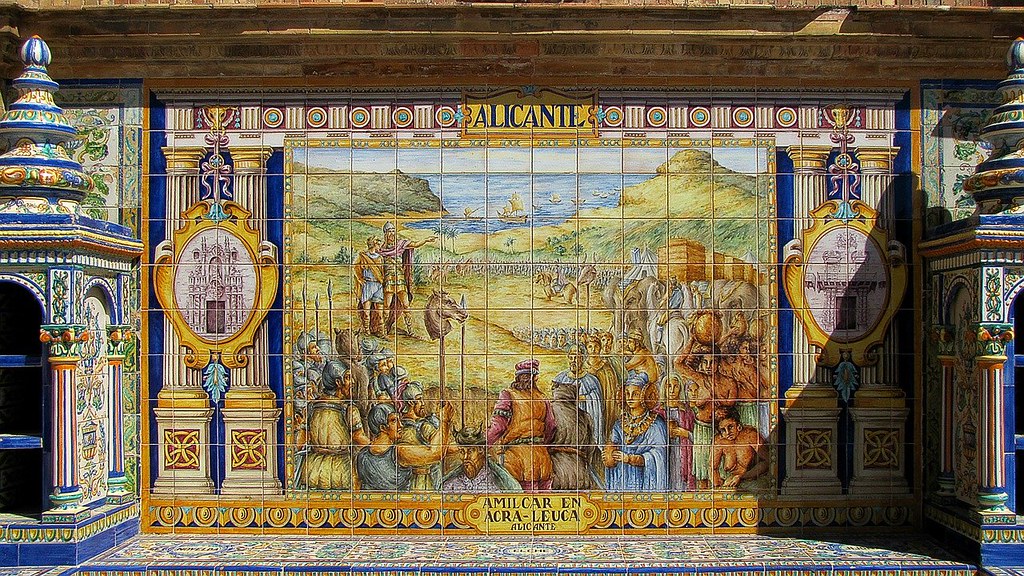
Seville’s eclectic history plays a huge part as to why the city is so visually stunning today. As with all ancient cities, they come with some fascinating legends as to how they were founded. In Seville’s case, it claims that it was by Hercules. FYI, it wasn’t.
Both the Greeks and Romans settled in what we know today as Seville, you’ll still find plenty of evidence of these civilisations both within the city and in the surrounding towns. There are ruins located under La Setas in the centre as well as just outside at Italica in Santiponce.
In 712, the city fell under the reign of the Arabs. Back then the city was called Isbilia, and the river that runs through the city was called Guad el Kevir. Over time, the names evolved to Seville and the Guadalquivir River.
The Arabs ruled the city for 500 years, so naturally left their mark with structures that still stand to this day. The most notable one is the Giralda, which is the name of the tower next to Seville Cathedral, and the city walls, the most intact section is called Muralla de la Macarena (the city walls at the Macarena) located to the north of the city.
Then in 1248, the Muslims were defeated in conquest and the city fell under the reign of the Christians. The city prospered in the late 1400s and became the location for the Chamber of Commerce. This is partly due to both Christopher Columbus, and his voyage to the Americas, and the cities strategic location next to the river. This meant that Seville became Spain’s wealthiest and developed city in Spain, and stayed that way up to the 1700s.
Both plague and the silting up of the river played their part in the demise of the city. The Chamber of Commerce then moved to Cadiz. In 1929, an event called the Ibero-American Exposition prompted the regeneration of the city, along with the building of the iconic Plaza de España and Maria Luisa Park.
Seville in 2 Days – Your Complete Seville Two-Day Itinerary
Day 1 Highlights
- Real Alcázar
- Cathedral of Seville & La Giralda
- Barrio Santa Cruz
- Plaza de España
- Parco de Maria Luisa
- Flamenco Shows and Tapas
Day 1 – Morning
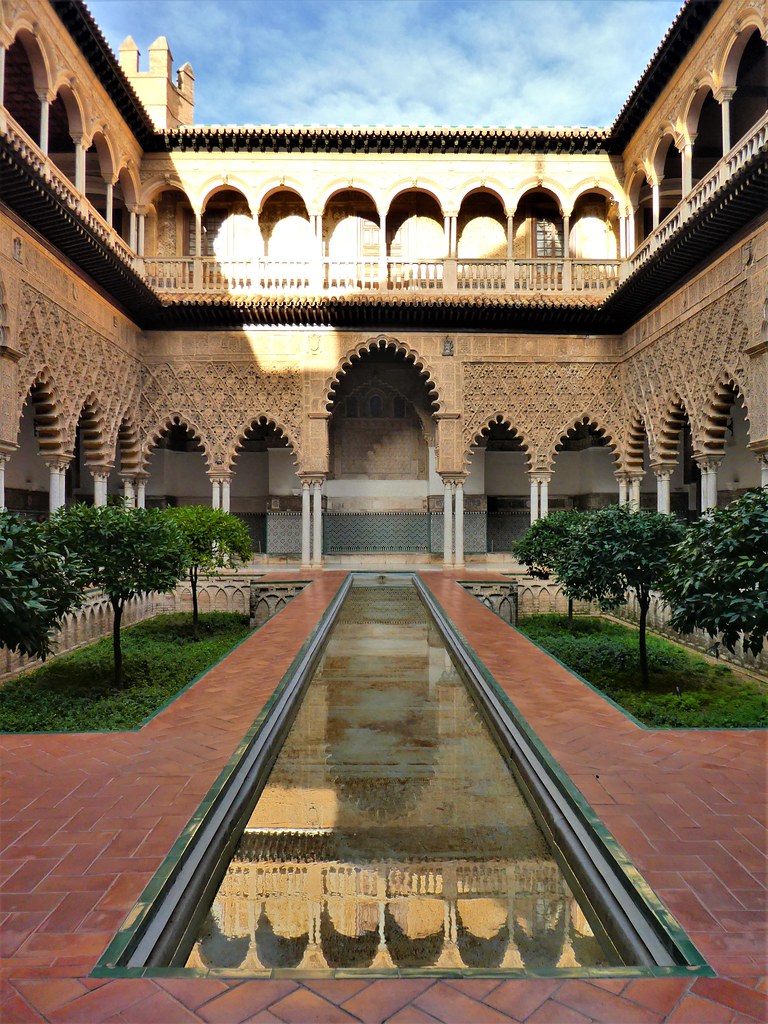
Start the morning at the magnificent Real Alcazar located in the heart of the historical city. Originally, this was built as a fort by the Muslims, then when the Christians conquered the city, it became the residence of the Spanish Kings.
Today, it’s a sprawling landmark, where each subsequent King added their mark to the complex. In 1987, the Real Alcazar became a UNESCO listed heritage site and is one of Seville’s must-see attractions.
To say the building is ornate is an understatement. Column adorned, grand, high ceilinged rooms, with intricate latticework stretching between them. This is called the Mudéjar style, which pulls influences from both Moorish and Christian design. If you’ve visited, or are planning on visiting the Alhambra in Granada, you’ll find plenty of parallels between them.
Although the entire palace is stunning, some of the most notable rooms are the Courtyard of the Maidens, Mudéjar Palacio de Don Pedro, Salon de Los Tapices and Salon de Embajadores.
The Real Alcazar does get busy, so it’s a good idea to book your ticket in advance to skip the queue. Although you can walk around by yourself, the information plaques are minimal, so for more information, either book the audio guide, join a tour or hire a private guide.
To enjoy the Real Alcazar fully, I recommend allowing 2+ hours here.
After exploring the Real Alcazar, continue your Seville two day itinerary by heading towards the gargantuan Cathedral of Seville and its neighbouring La Giralda. Like with the Real Alcazar, these both have UNESCO Heritage status.
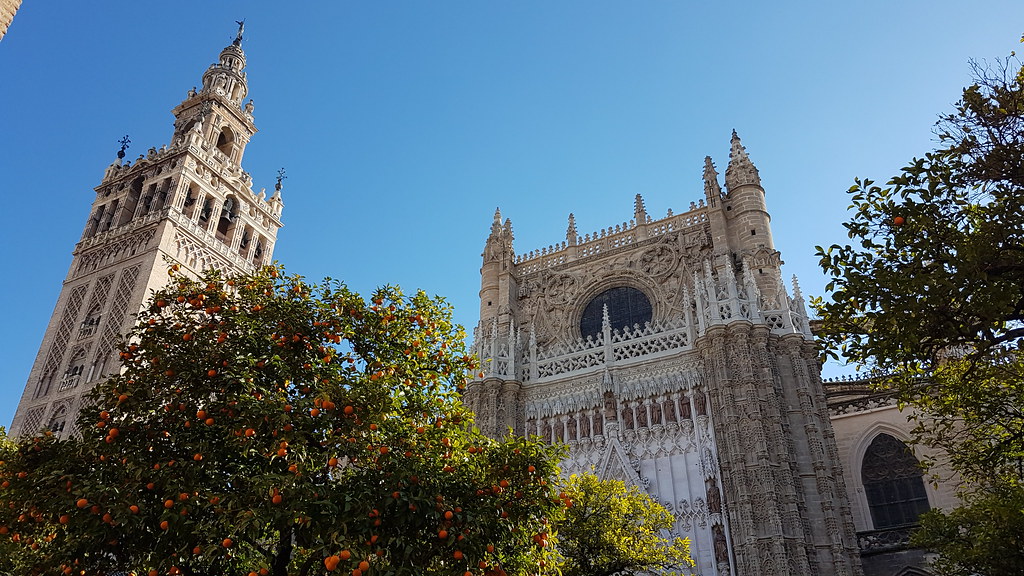
Seville Cathedral has two claims to fame, one is that it’s the biggest cathedral in the world, by volume and secondly, that it’s the resting place of Christopher Columbus. You can see his tomb inside.
During the Islamic rule, a Mosque stood here. When the Christians conquered the city they initially used the Mosque as a church. It was then demolished and rebuilt as a Gothic Style Roman Catholic Church. The completion of the cathedral was in 1506. However, the Giralda and the Orange Courtyard both date back to the Moorish times
You can climb the 350-foot high Giralda. You might expect steps leading up, but instead, you’ll find it’s a continuous ramp, winding round and upwards for 35 floors. But why a ramp? The Giralda was the minaret from the old mosque that once stood here. The ramps were used by horses who would carry the Muezzin to the top of the tower to call prayer.
The view from the top is stunning. You’ll be able to see a 360 view of the city below. The viewing platform is also the same level as the bells, it does get noisy if you coincide your visit with when they chime.
Again, like with the Real Alcazar, Seville Cathedral does get busy. Book your ticket in advance to skip the queues. To do it justice, you’ll probably want a couple of hours here.
After visiting the Cathedral, spend the remainder of the morning exploring the area called Barrio Santa Cruz. This is also a great place to stop for some lunch in one of the quaint tapas bars (in Spain, lunchtime is generally much later than the rest of Europe, typically at 2 or 3 pm).
This area is known as the Jewish District of the city. After the Christan Conquest, the leader Ferdinand III banished the Jews to this area of the city.

Barrio Santa Cruz is a myriad of narrow maze-like, cobblestone streets and alleys, opening out into small tree-clad courtyards with fountains and benches. It’s easy to get lost in this district, and that is exactly what you should do! History oozes from this area, and although you could enjoy wandering about by yourself, stopping off at the tapas bars and quaint artisan shops, you can delve into the history more by booking onto a guided tour of Barrio Santa Cruz.
Day 1 – Afternoon

From Barrio Santa Cruz, head towards Plaza de Espana. If you type Seville into any image search, I guarantee this will rank somewhere near the top of your findings.
The monument was built in 1929 as part of the Ibero-American Exposition in the style of Renaissance and Moorish architecture.
The red-bricked semi-circular plaza is lined with columns, bridges and balconies. Along the inner edge of the building, you find colourful tiled benches and images which represent every province of Spain. In the centre is a large fountain, and on a hot afternoon, you can catch the cooling spray from it, if you stand in the right place.
From Plaza de Espana, head towards the adjacent Parco de Maria Luisa. This large city park covers about 100acres. Make sure to allow plenty of time to discover the gazebos, fountains, tropical trees, and even museums which are all dispersed here.
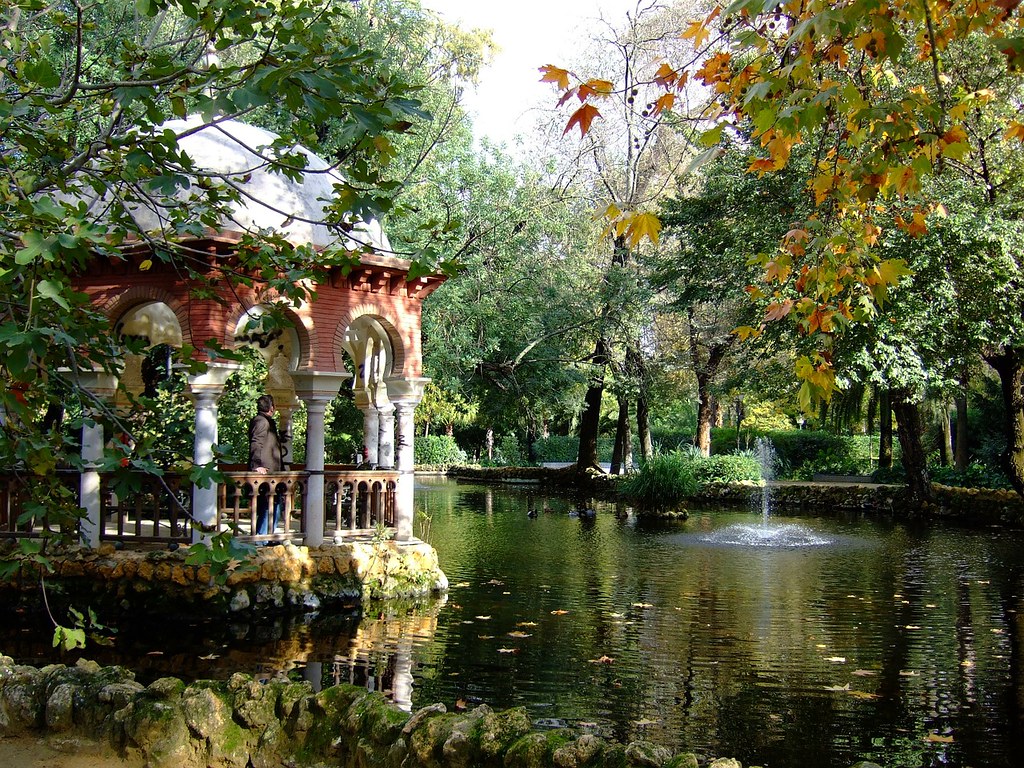
Maria Luisa Park is also a great place to head to escape the sun, with plenty of shaded benches. If you sit long enough, you’ll probably hear the squawking sound of the resident green parakeets which nest in the trees here.
Both Plaza de Espana and Parque Maria Luisa are free to enter, allowing about 1-2 hours to fully enjoy them. If you have the time, from Maria Luisa Park, head down towards the river and enjoy a stroll along the promenade.
Day 1 – Evening

It’s time to delve into the cultural side of Seville. The city is proud of its heritage and even today, still hold deep roots in folklore. Two traditions unarguably Seviliano are the Flamenco guitar and the Flamenco dance.
Flamenco performances are often intimate affairs, in a small venue allowing you to see and feel the emotion that the performers give. The fast rhythms are played out on a traditional guitar, often accompanied by percussion and clapping.
The dancers, especially the female dancers, dress in bright and beautifully coloured layered dresses. They are flamboyant and powerful in their movements, creating rhythms with their feet and intricate shapes with their hands and bodies to complement the music.
You can’t help but feel the emotion as you’re drawn into their storytelling through song and dance. Flamenco shows are popular, so book tickets in advance.
After watching the Flamenco show, head back towards Barrio Santa Cruz to enjoy a traditional evening meal (evening meals, like with lunchtime, are generally later than the rest of Europe, typically 10 pm onwards).
Day 2 Highlights
- The Metropol Parasol (Las Setas)
- Palacio de las Dueñas
- Casa de Pilatos
- Torre del Oro
- Triana
- Alameda de Hércules
Day 2 – Morning

The second day of your Seville in two days itinerary starts at La Encarnación square and the Metropol Parasol. The enormous wooden structure is affectionately known as Las Setas (The Mushrooms) and was designed by German architect, Jürgen Mayer, it was built in 2011. It’s also the largest wooden structure in the world.
The landmark is a bit of a love-hate affair, historically this area was a city market, and then a car park, the area surrounding the square wasn’t the most desirable area and overall needed regeneration. Today, it’s a hub of activity. Under Metropol Parasol, you’ll find a market, bars and restaurants. There is also a museum that houses Roman ruins which were discovered during the building of the Metropol Parasol.
On the upper level of Las Setas is a snake-like walkway, that meanders and undulates to view the city from above. There is no shelter at the top, so it’s advisable to visit either early in the day or late at night to avoid the harsh heat from the sun. In this itinerary, I recommend visiting early in the morning you could, however, push this activity to later in the day.
Allow about an hour at Las Setas. Book tickets in advance to skip the ques.
From the Metropol Parasol, head towards Calle Dueñas, which is where you will find the stunning Palacio de las Dueñas.

In terms of buildings that are just ‘wow’ for the senses, the Palacio de las Dueñas comes in at a close second to the Real Alcazar. The palace is stunning and often gets overlooked.
The palace was built between the 15-16th century and features a mix of Mudéjar and Gothic architectural styles. The reason this is so wow on the senses is that every surface is filled with some sort of detail.
The palace features courtyards, inner rooms (which still contain original family heirlooms) and beautifully manicured gardens. You can wander about by yourself, but to get a better insight into the affluent families that lived here, then it’s certainly worth hiring a guide.
Book your ticket in advance to skip the line and allow a couple of hours here to see everything.
From Palacio de las Dueñas take the 15-minute walk to another one of Seville’s stunning historical buildings, the Casa de Pilatos found on Plaza de Pilatos.
In visual terms, it’s a mixture of the Mudèjar style you saw at Palacio de las Dueñas twinned with the colourful azulejo tiles you saw at Plaza de Espana.

As you enter, you’ll start in a light coloured marble courtyard with a fountain in the middle, adorned with vivid geometric tiles, sculptures and statues. Similarly to the Palacio de las Dueñas, you could spend hours exploring and looking at every nook and cranny. There are elaborate murals and intricate latticework everywhere.
To skip the queue, book your ticket in advance. Allow at least an hour, longer if you have the time, to see everything.
From Casa de Pilatos head to the main square in Alfalfa and stop for lunch. This Old Town district is known for vintage tapas and wine bars (it’s worth checking out Bar Alfalfa IF you can get a table!), intertwined with hipster hangouts.
Day 2 – Afternoon
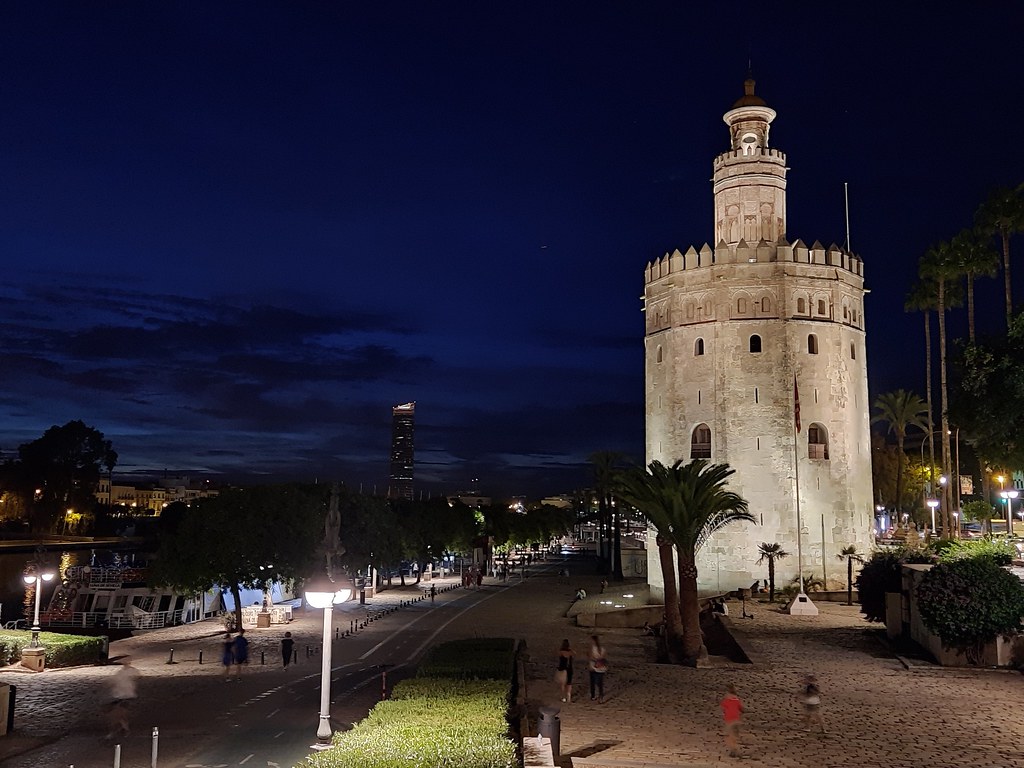
From Alfalfa, take the 20-minute walk to the Torre del Oro or Gold Tower. This tower dates back to the 13th century and originally was one of a pair of watchtowers that guarded the entrance of the city.
Today the tower houses a museum. The first floor is dedicated to the tower, and its importance to the city’s defences, the second floor is a nautical museum. The top-level is open to give views overlooking the city, and the Guadalquivir river. You’ll also be able to look across the river and see Triana, which is where you’ll be headed next.
From the top of the Gold Tower, you’ll also be able to see the Cathedral and gain some perspective as to just how big it is and how it dominates the skyline of the Old Town. Spend about an hour at the Torre del Oro before heading to the next destination on this 2 days in Seville guide.
From the tower, cross the nearest bridge and then turn right as you start to head into the pretty neighbourhood of Triana. Compared to the bustle of Seville centre, Triana has a much more residential and laid back vibe to it.

By now, you will have noticed how important the colourful tiles are in Seville’s building style, well Triana is where they originated. If you have time, head into the Centro Ceramica to find out more about the history of the area and tiles.
Two other places worthy of a visit here are Mercado de Traina, where you will find fresh produce and cute little eateries and the Castillo de San Jorge, which was rediscovered when the Mercado was being built. The San Jorge Castle sits under the market and contains the foundations of a castle that once stood here. It’s well informed, with lots of boards in English about the history of the area and the Spanish Inquisition.
You can easily spend a couple of hours in the neighbourhood of Triana.
Day 2 – Evening
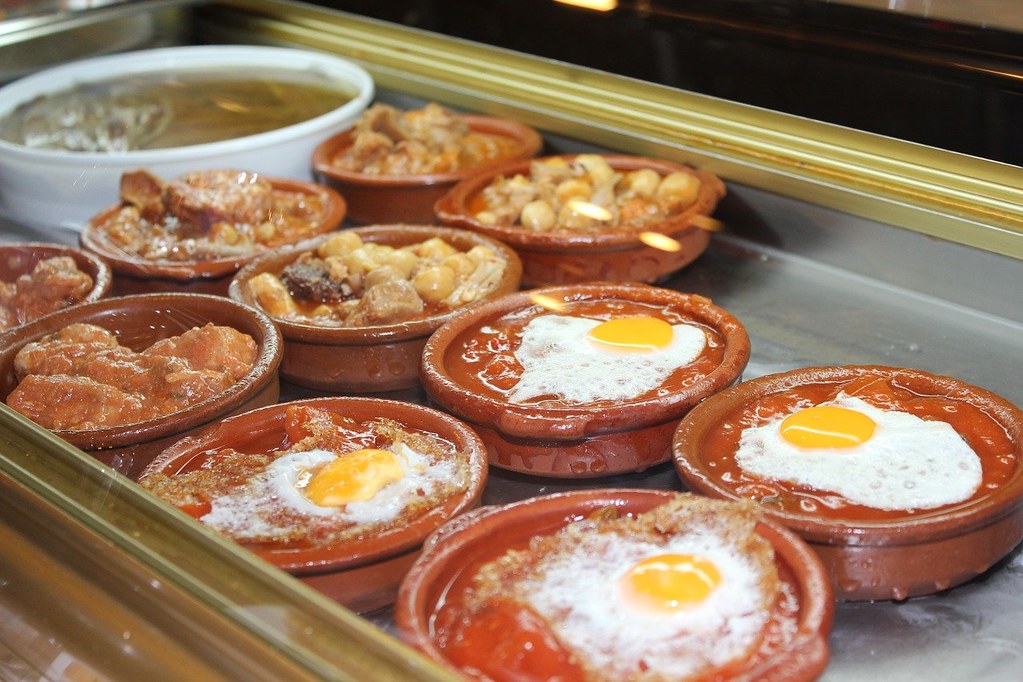
To finish your two days in Seville, cross back over the river, using the Puente de Isabel II. And meander your way up to Alameda de Hércules, often just referred to as Alameda.
This open plaza is the best place to go to experience Seville’s vibrant bars. During the day, it’s a relaxed affair here with locals and tourists sitting out in the sun, enjoying a Cerveza (beer) with friends and family.
By night, the focus is more on food, you’ll find every international style of cuisine as well as traditional Sevillan food here along with trendy bars and clubs.
Do a circuit of the whole plaza (it’s big!) to see where your mood takes you. No time for that? then two suggestions are Duo Tapas and Gigante Bar.
Duo Tapas is situated in an old church with hanging branches and lights twinkling above. Gigante Bar has a retro and vintage feel to it.
Final Thoughts on Seville in 2 Days
I hope you agree that Seville is a great destination for a short city break. Although you could spend much longer in the city, this Seville two day itinerary covers the must-see attractions.
If you have any questions about visiting Seville, then comment below and we’ll try our best to answer them.
For more articles about Seville, check out the suggestions below:
Liked it? Pin it!

Disclaimer: Some of the links on this website are “affiliate links.” This means that if you click on the link and do a purchase, I will receive an affiliate commission at no extra cost to you. This helps me keep my website running and continue to share my travelling knowledge with you. I thank you for booking your flights or hotels using the links on my website. Regardless, I only recommend products or services I use personally and believe will add value to my readers.

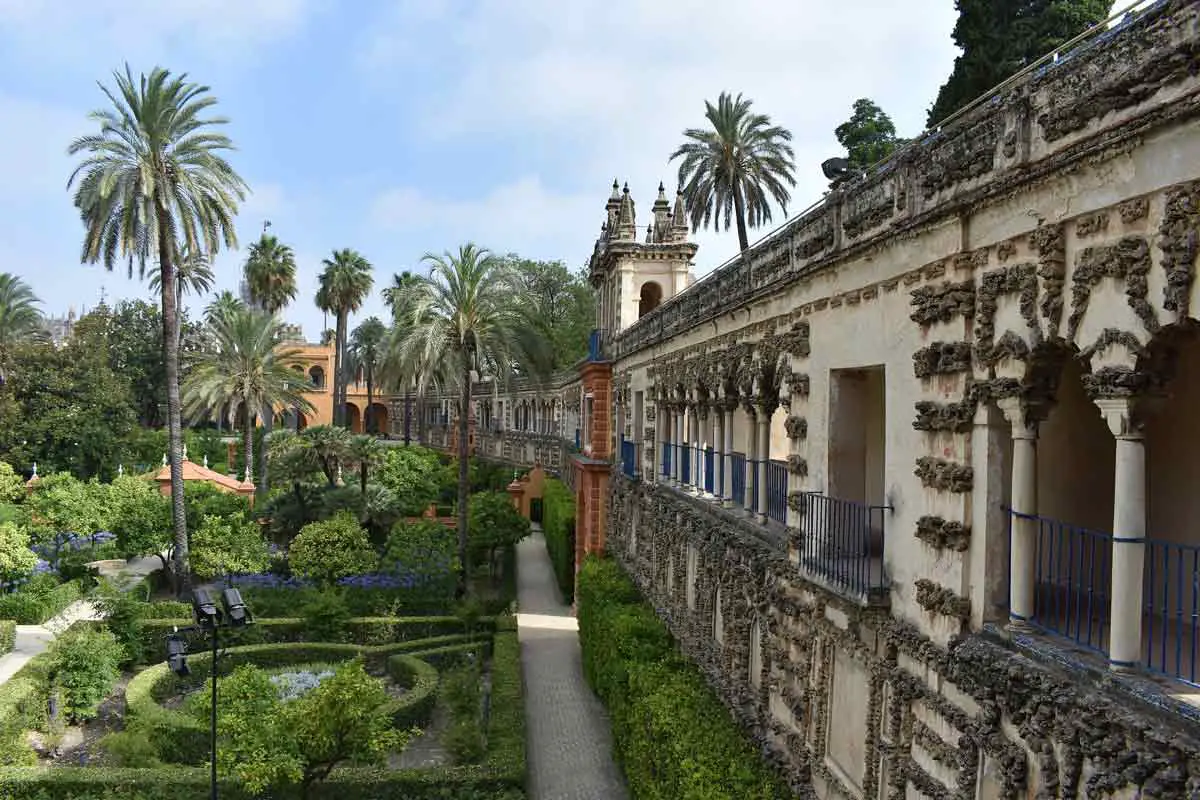

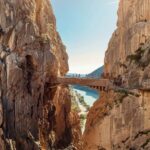


Pingback: 23 Great Things to Do in Seville for Free - Andalucia In My Pocket